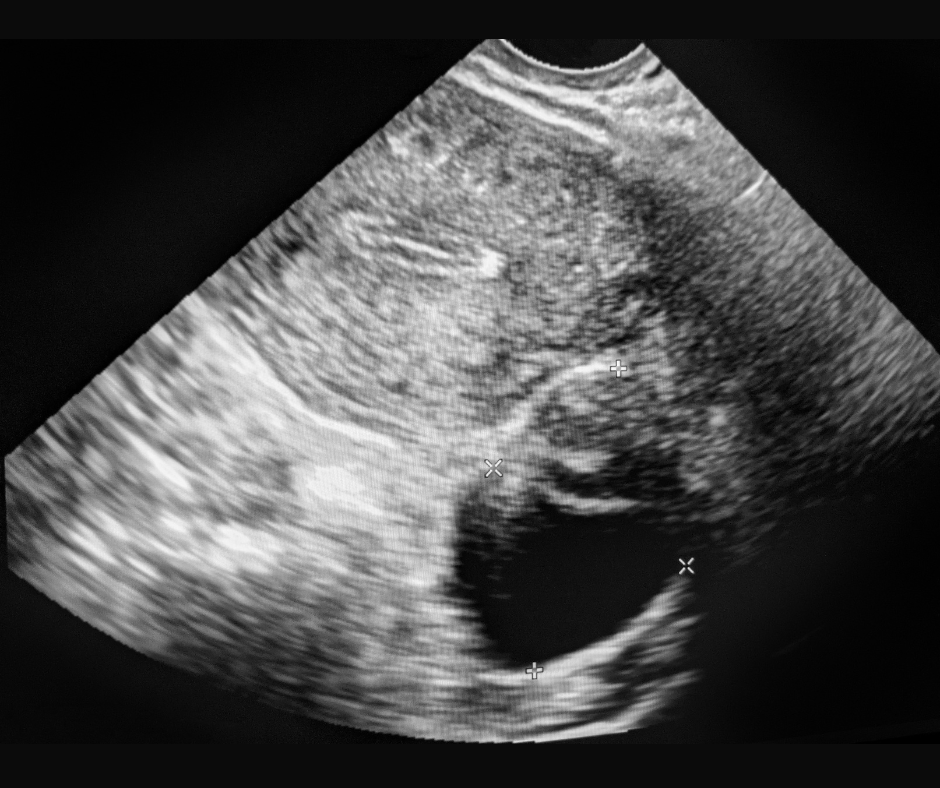
Ovarian cysts are a collection of fluid on the ovary and can be classified as simple or complex. Ovarian cysts can be benign, pre-cancerous or cancerous. Most of the ovarian cysts diagnosed are benign.
In general, endometriosis is more commonly diagnosed in women in their 20’s and 30’s, but even adolescents can be diagnosed with endometriosis
A lot of cysts will go undiagnosed and do not cause pain; in particular if the cyst is small in nature < 3cm. Should a cyst rupture or bleed, this can cause abdominal pain or discomfort. In particular, larger cysts place the ovary at risk of ovarian torsion. This typically results in severe pain and nausea and can threaten the overall function of the ovary. Should the cyst appear complex or pose a risk of ovarian torsion it is typically recommended to remove the cyst.
Ovaries contain follicles and these follicles are what house the eggs, every month all the follicles will start growing and have the potential to contain the egg that is ovulated. A single follicle will continue to develop and ovulate the egg each month, this follicle will accumulate fluid and the release of the egg and the fluid around it is why some women will know when they are ovulating each month. We call this ‘mid-cycle pain’ or ‘Mittelschmerz’.
There are multiple types of cysts:
This procedure is called an ovarian cystectomy and should be performed laparoscopically. This is a minimally invasive surgery that will allow for a quick recovery and minimal hospital stay. The aim of the cystectomy is to remove the cysts, with minimal or no damage to the ovary in the process.
Gynaecologist and Advanced Laparoscopic Surgeon
Mon-Thurs 8:30 am to 4:30 pm
Friday 8:30am to 2:30pm
© 2025 Dr Sam Daniels. All Rights Reserved.